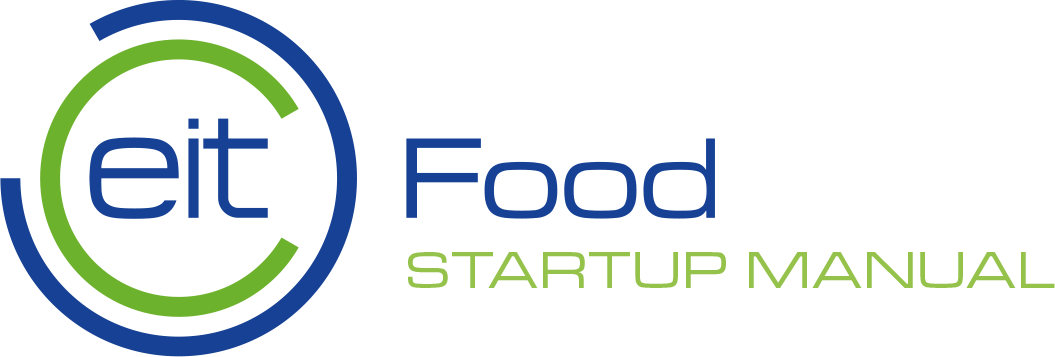Module 3 - Developing a business model & building your business plan
4. Creating a financial plan
This is a critical component of your business plan and shows that there is an economically viable business model behind your idea. Your plan needs three parts to it: a profit and loss statement, a balance sheet and a cashflow statement. It should cover both a short and long-term perspective. For the short term (i.e. year 1-2), the plan should be presented on a monthly basis. The longer-term plan, (3-5 years) can look at things in a slightly less granular way.
Information you need before you make a financial plan:
- Your direct costs: cost of goods/services (see Chapter 6)
- Your operating/fixed costs: employees, marketing, office, etc. See more these costs here.
- Your capital costs: investments in machinery, development, etc. See more on capital here.
- Your product/service pricing, promotions and payment terms (see Chapter 6).
- Company objectives: sales targets, margin expectations, etc (see Chapter 6)
- Sales forecast – read more about forecasting approaches here.
How to model revenue and expenditure (P&L): This statement shows revenue and expenditure in your business. Key to modelling revenues is building up a sales forecast. This will also help you to determine what expenditure you will have. Your direct costs will be directly linked to your sales and your fixed costs should be proportional to sales/expected sales. You can find more details and P&L templates here.
How to create a balance sheet: The balance sheet shows your assets (things of value owned by the business), your liabilities (what you owe) and shareholder value at a given point in time. The balance sheet must be “balanced” between assets and liabilities, and shareholder equity. It gives you a snapshot of your company’s financial position at a point in time. You can find more information here.
How to create a cashflow statement: The statement shows the money you expect to be coming in and out of your business over a given period. This differs from the P&L due to payment terms (money comes in at a different time than you’ve invoiced it). Chapter 6 has a section on managing cashflow. More can be read about cashflow here.
All three of these elements of the financial plan can be modelled on excel and several templates exist to support this. A more powerful solution is to use accounting software.


